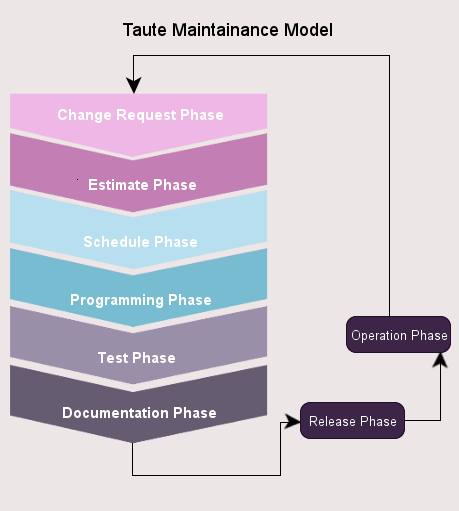

Taute Maintenance Model is a type of Software Maintenance Model, which is straightforward, practical and easy to understand. It is used by developers for updating and performing modification in the software after its execution in the system. However, to better understand Taute Maintenance Model, it is essential to know more about Software Maintenance.
Developed by B. J. Taute in the year 1983 and elaborated by Parikh, Taute Maintenance Model is simple, straightforward, practical and easy to understand and implement. It is perfect for Corrective maintenance and does not support adaptive or perfective maintenance. Taute Maintenance Model has several distinctive features, such as, it is maintenance specific and is not designed to be in any other phase of software life cycle. Moreover, it portrays software maintenance activities as cyclic and gives no hint of how to tackle the conceptual construct in the software that is being maintained. Furthermore, there is also no evidence of an iterative interaction between project stakeholders during the process of testing. Taute Maintenance Model is divided into eight phases which appear in cycle fashion. These phases are:
The complete model can be implemented by following the flowchart diagram that illustrates the whole process from start to end by utilizing and defining each module effectively. An engineer who thoroughly follows each step carefully may achieve expected results.

With the advancement in technology, maintenance has become a very important element of Software Development Life Cycle. Software Maintenance is now regularly requested by clients and organizations, as they want to get software with latest technology and features. Furthermore, several maintenance models are used by the developers and maintenance team to ensure that all the demands of the client is met and the software is abreast with the latest software engineering methods. It is with the help of these models that the developers track the problems and errors in the software and find ways to tackle them. Through proper testing, coding and programming, developers maintain these software applications after they are delivered to the client and improve their life expectancy and quality.
Advertisement: